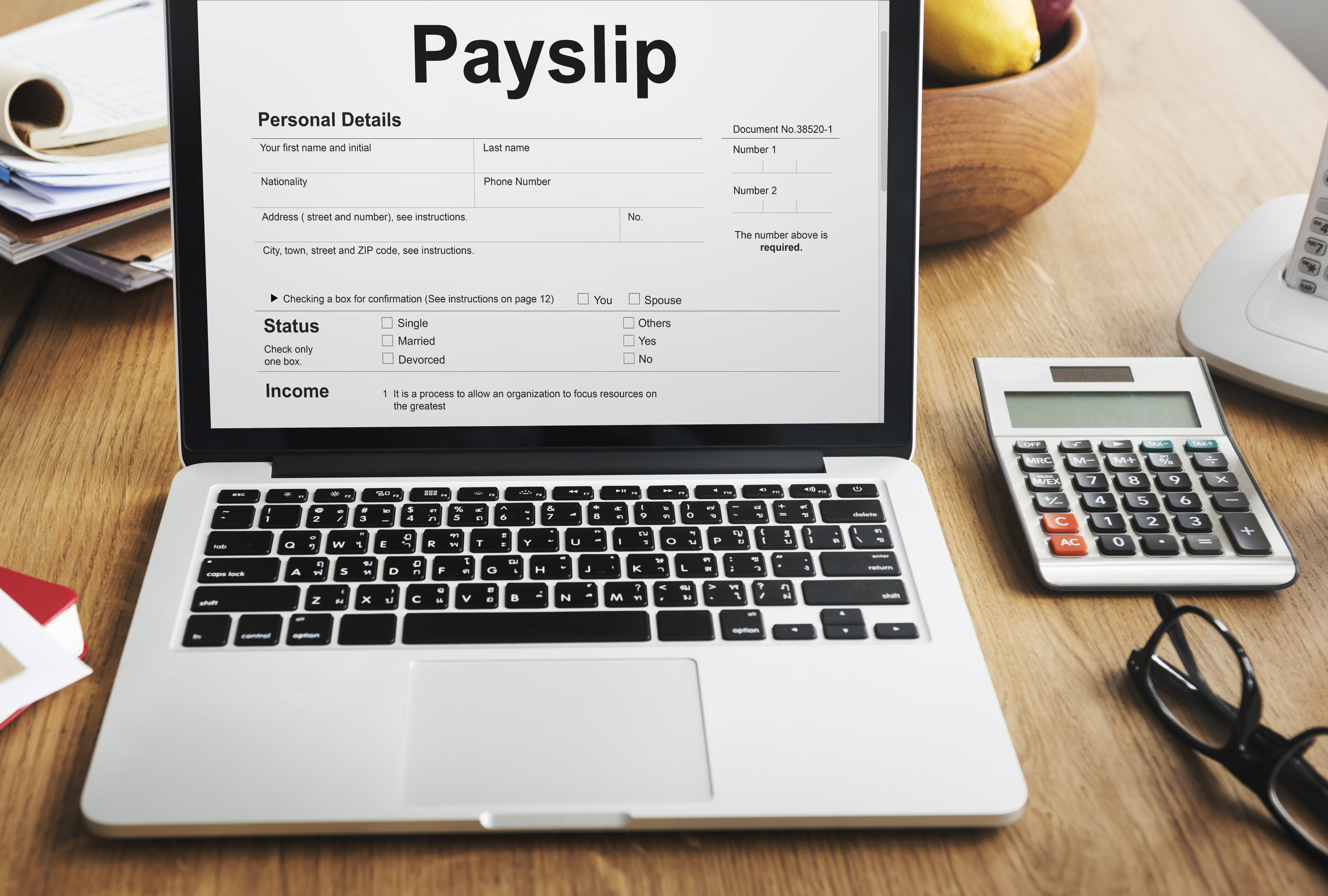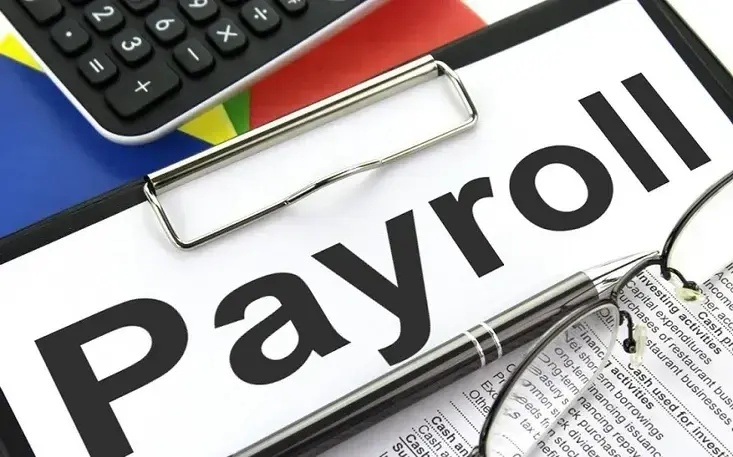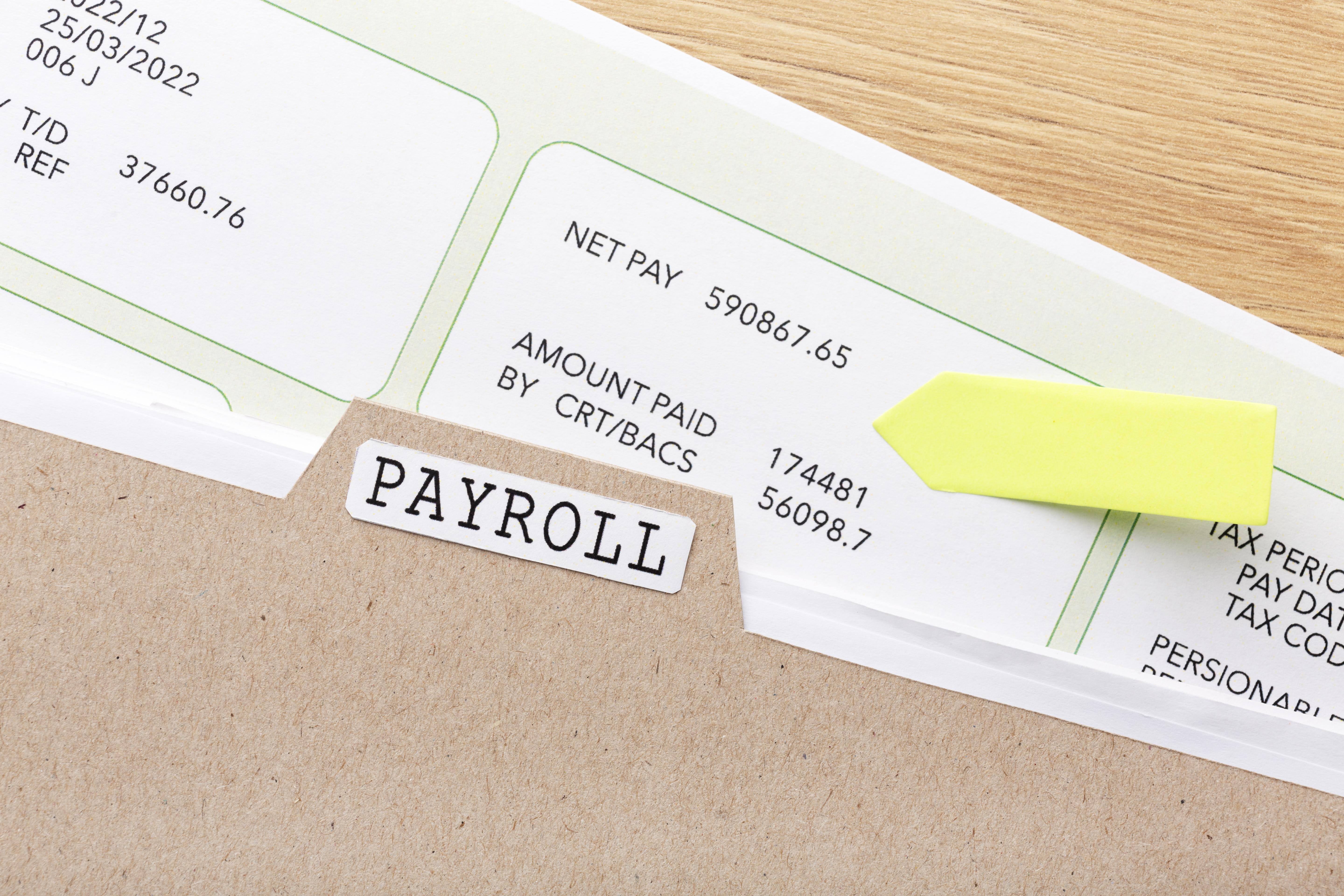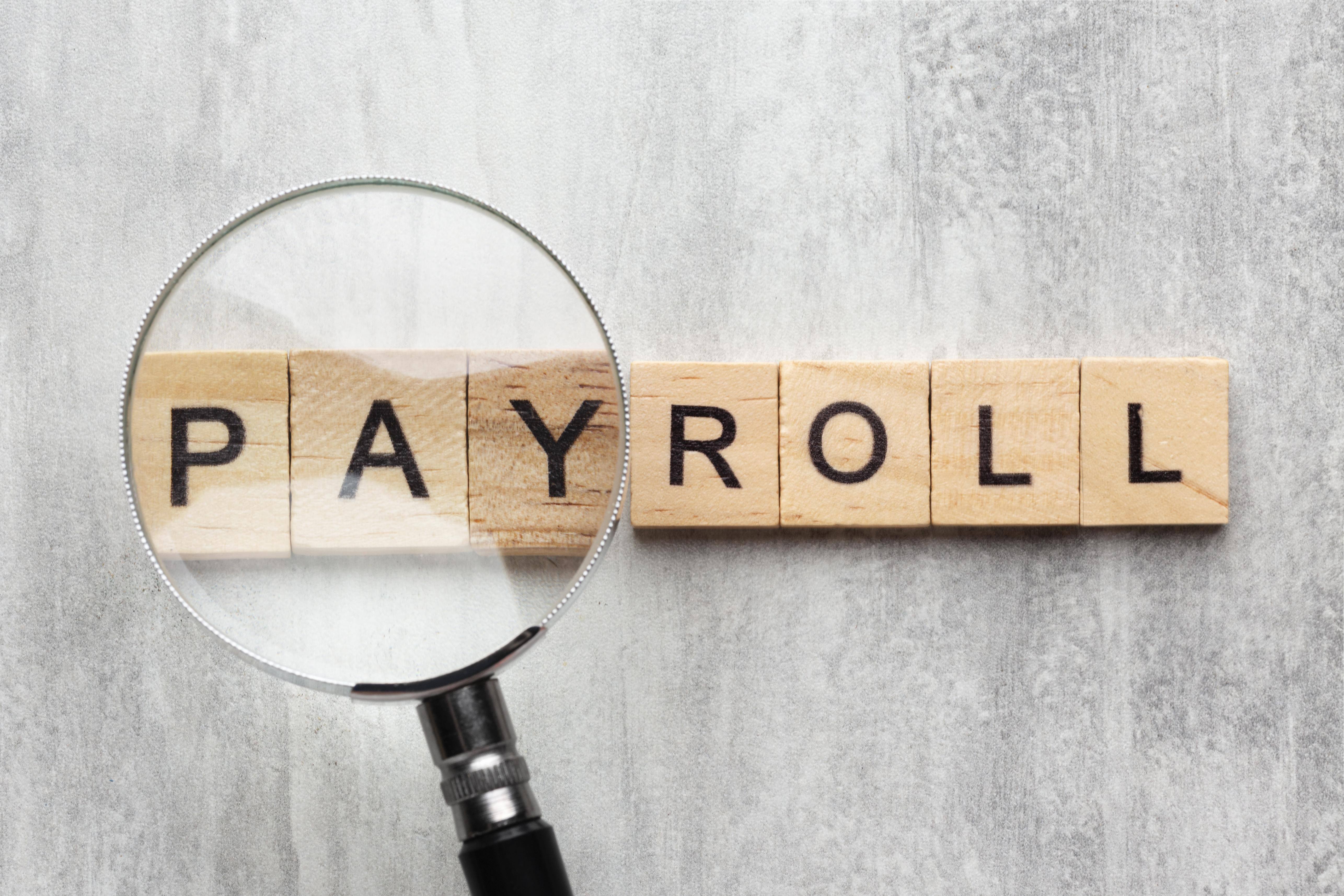Top 5 Myths About Electronic Payslips Debunked

Electronic payslips, or e-payslips, have revolutionised how businesses manage payroll. Yet, myths still swirl around them, creating confusion and hesitation. Let’s unravel these misconceptions and shed light on the facts.
Myth 1: Electronic Payslips Are Not Secure
One common misconception is that e-payslips compromise data security. Some believe the digital format makes them vulnerable to hacking or unauthorised access. The reality is quite the opposite. Most electronic payslip systems incorporate advanced encryption technologies and multi-factor authentication to protect sensitive data. They’re like digital vaults—far more secure than paper slips, which can be lost or intercepted.
Imagine leaving a paper payslip on a café table. Anyone could see it. However with an electronic payslip, only the intended recipient with the right credentials can access it. The security of e-payslips doesn’t rely on luck; it’s built on robust systems that prioritise confidentiality.
Myth 2: They’re Hard to Access Without Technical Know-How
The word "electronic" might make some people think of complicated interfaces and endless login steps. This myth often deters small businesses and employees unfamiliar with technology. However, most electronic payslip platforms are designed for simplicity. If you can shop online or use a smartphone app, you can easily navigate e-payslips.
For instance, many systems allow employees to access their payslips via email or a user-friendly portal. It’s as simple as checking your inbox. And if you're worried about technical hiccups, customer support teams are often just a call or click away. There’s no need for an IT degree to manage your e-payslip.
Myth 3: Electronic Payslips Lack Legal Validity
Some skeptics argue that only paper payslips have legal standing, especially during disputes or official audits. However, electronic payslips hold the same legal weight as their paper counterparts. Employment laws in most regions recognise both formats, provided they contain the required details like earnings, deductions, and taxes.
Think about it this way: e-payslips are just digital versions of what’s already accepted in print. They meet compliance standards, and in many cases, they’re easier to retrieve and submit when needed. Legal professionals often prefer digital records for their accuracy and traceability. So, if you’re holding back due to legal concerns, rest assured—e-payslips check all the boxes.
Myth 4: Switching to E-Payslips Is Expensive
Cost is often cited as a reason businesses stick to paper payslips. The myth that e-payslips are expensive stems from a misunderstanding of their long-term benefits. While there might be initial setup costs, the overall savings can be significant.
Think of it like replacing old light bulbs with energy-efficient ones. The upfront expense pays off over time. Electronic payslips eliminate printing, distribution, and storage costs. They also reduce errors, which can be costly to correct. In short, e-payslips often save businesses money, especially when combined with services like payroll outsourcing, which streamline the entire payroll process.
Myth 5: Employees Prefer Paper Payslips
It’s easy to assume employees would rather have something tangible to hold. However, surveys often show the opposite. Many workers appreciate the convenience of accessing their payslips anytime, anywhere. Whether they apply for a loan or track their finances, e-payslips offer unmatched accessibility.
Imagine needing a payslip from two years ago. With paper, you’d dig through files or call HR. With electronic payslips, a few clicks get you what you need. They’re especially helpful for remote employees or those who travel frequently. The convenience of electronic access far outweighs the nostalgia of paper.
Why Businesses Should Embrace E-Payslips
Beyond debunking myths, it’s worth highlighting the tangible benefits of adopting electronic payslips. They align with sustainability goals by reducing paper usage. They also enhance payroll efficiency, giving HR teams more time to focus on strategic initiatives. For businesses considering payroll outsourcing, e-payslips integrate seamlessly, making processes smoother and more cost-effective.
Moreover, e-payslips foster transparency. Employees can easily review their earnings and deductions without waiting for physical delivery. This builds trust and minimises disputes, creating a more harmonious workplace.
Additional Insights: The Practical Benefits of Electronic Payslips
Electronic payslips don’t just offer convenience; they reshape how businesses handle payroll. From compliance to efficiency, they bring a range of benefits that paper payslips can’t match. Let’s dive into a few more reasons why e-payslips are a game-changer.
1. Disaster-Proof Payroll
Paper documents are vulnerable. Fires, floods, and even misplaced files can wipe out important records in seconds. With electronic payslips, this risk is eliminated. They’re stored securely in the cloud or on encrypted servers, making them immune to physical damage. If disaster strikes, payroll data remains intact, accessible, and safe.
Think of it like backing up photos on your phone. Losing a printed picture is permanent, but digital copies can be retrieved anytime. Electronic payslips provide the same peace of mind for payroll records.
2. Instant Access for Employees
Time is money, and nobody wants to waste it chasing down documents. With paper payslips, employees often have to request copies from HR, wait for processing, and physically pick them up. Electronic payslips eliminate this hassle.
Employees can access their payment history from anywhere, whether applying for a loan or reviewing their earnings. A quick login gets them what they need, saving time for staff and HR departments.
3. Automated Payroll Integration
When businesses switch to electronic payslips, they often upgrade their payroll system. Many e-payslip platforms integrate seamlessly with payroll software, reducing errors and improving accuracy.
Automation ensures calculations are correct, deductions are applied properly, and tax compliance is maintained. This minimises payroll disputes and prevents costly errors. It also frees up HR teams from tedious paperwork, allowing them to focus on more impactful work.
4. Eco-Friendly and Cost-Effective
Printing thousands of paper payslips each year is neither cost-effective nor environmentally responsible. Businesses spend money on paper, ink, printing maintenance, and postage. And once printed, those slips either get discarded or filed away indefinitely.
Electronic payslips reduce paper waste, cut printing costs, and contribute to sustainability efforts. They also save storage space—no more file cabinets overflowing with old payroll records.
5. Compliance and Record-Keeping
Many businesses worry about legal compliance when transitioning to electronic payslips. However, digital payslips often make compliance easier. They provide a clear audit trail, meet data retention requirements, and simplify tax reporting.
Regulatory bodies increasingly recognise electronic records as valid proof of payment. Digital systems also help businesses track employee payments more efficiently, ensuring they stay compliant without the headache of manual record-keeping.
Final Thoughts
Misconceptions about electronic payslips can hold businesses back from modernising their payroll systems. But as we’ve uncovered, these myths don’t hold water. E-payslips are secure, accessible, cost-effective, and legally valid. By embracing them, businesses can save resources, streamline operations, and offer employees a better experience.
Modern payroll isn’t about clinging to outdated methods. It’s about adapting to tools that bring value and simplicity. Let’s leave these myths in the past where they belong. The future is digital, and e-payslips are leading the charge.







Comments